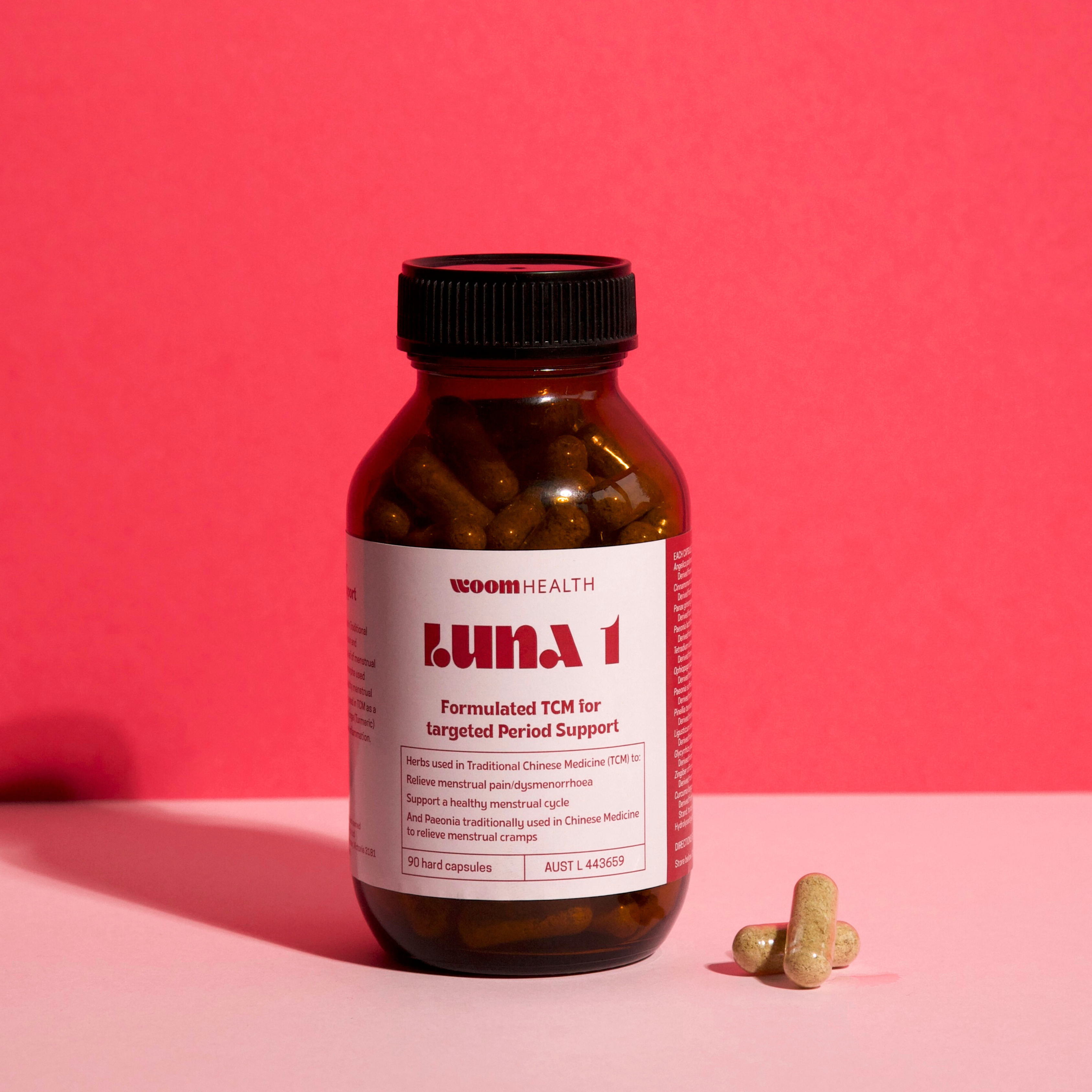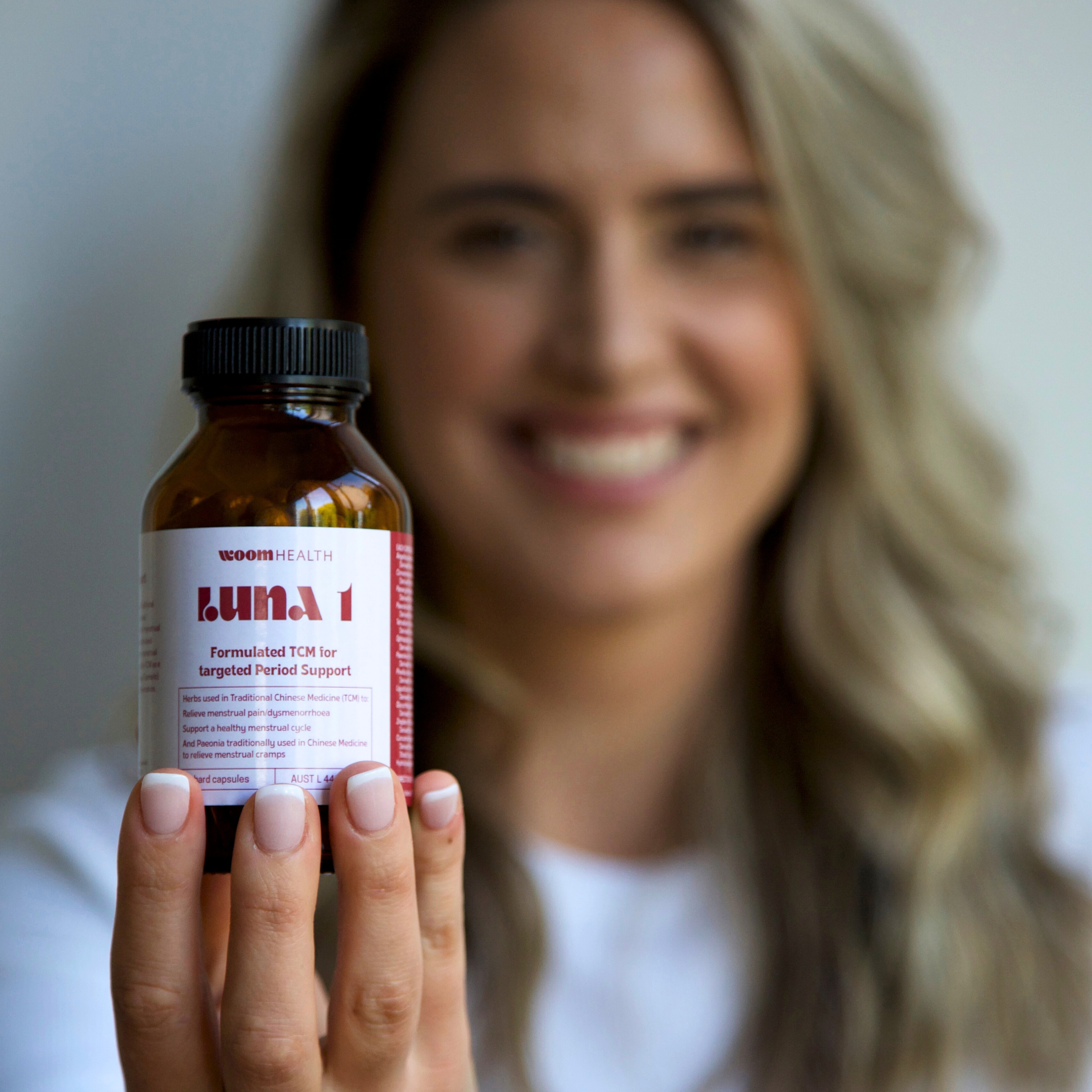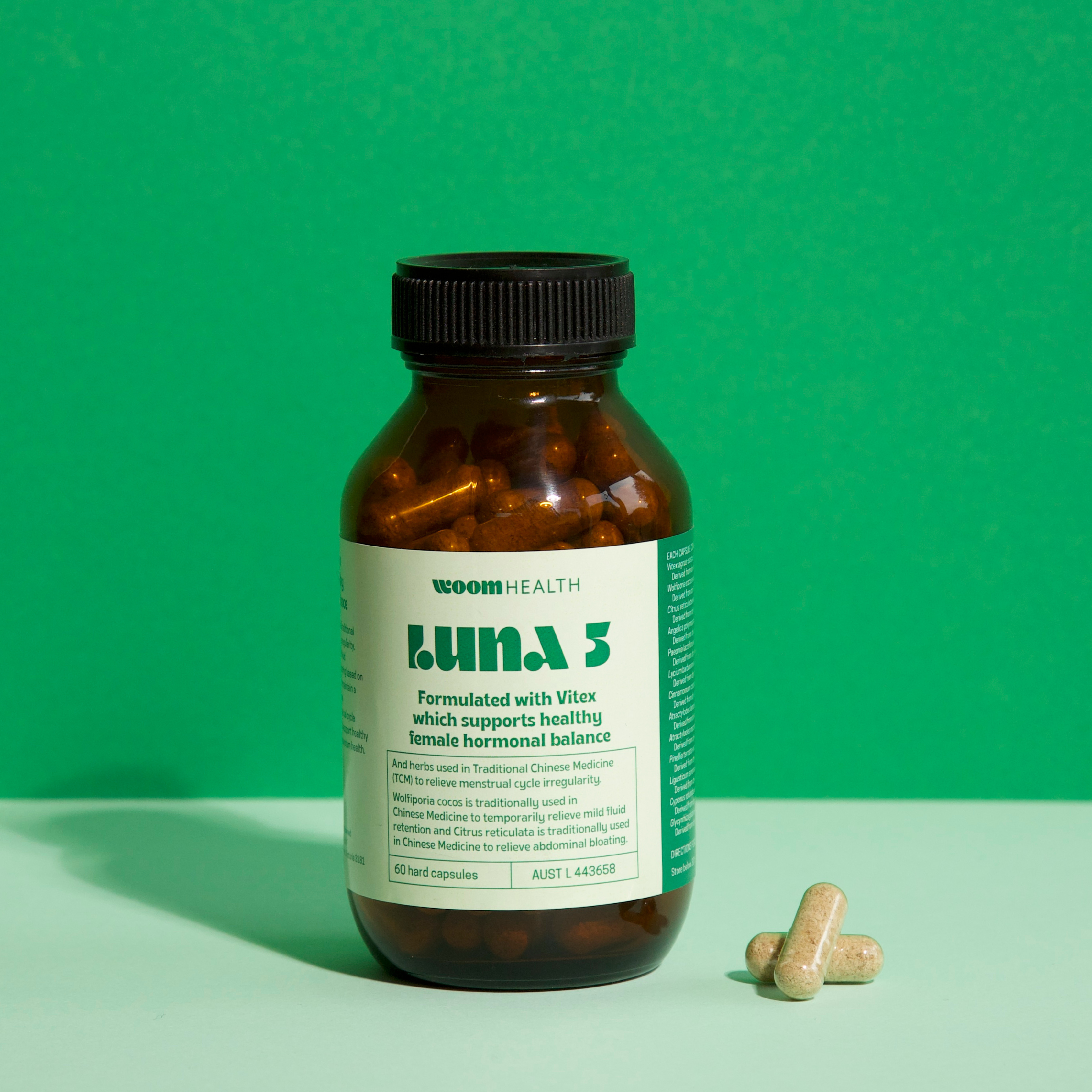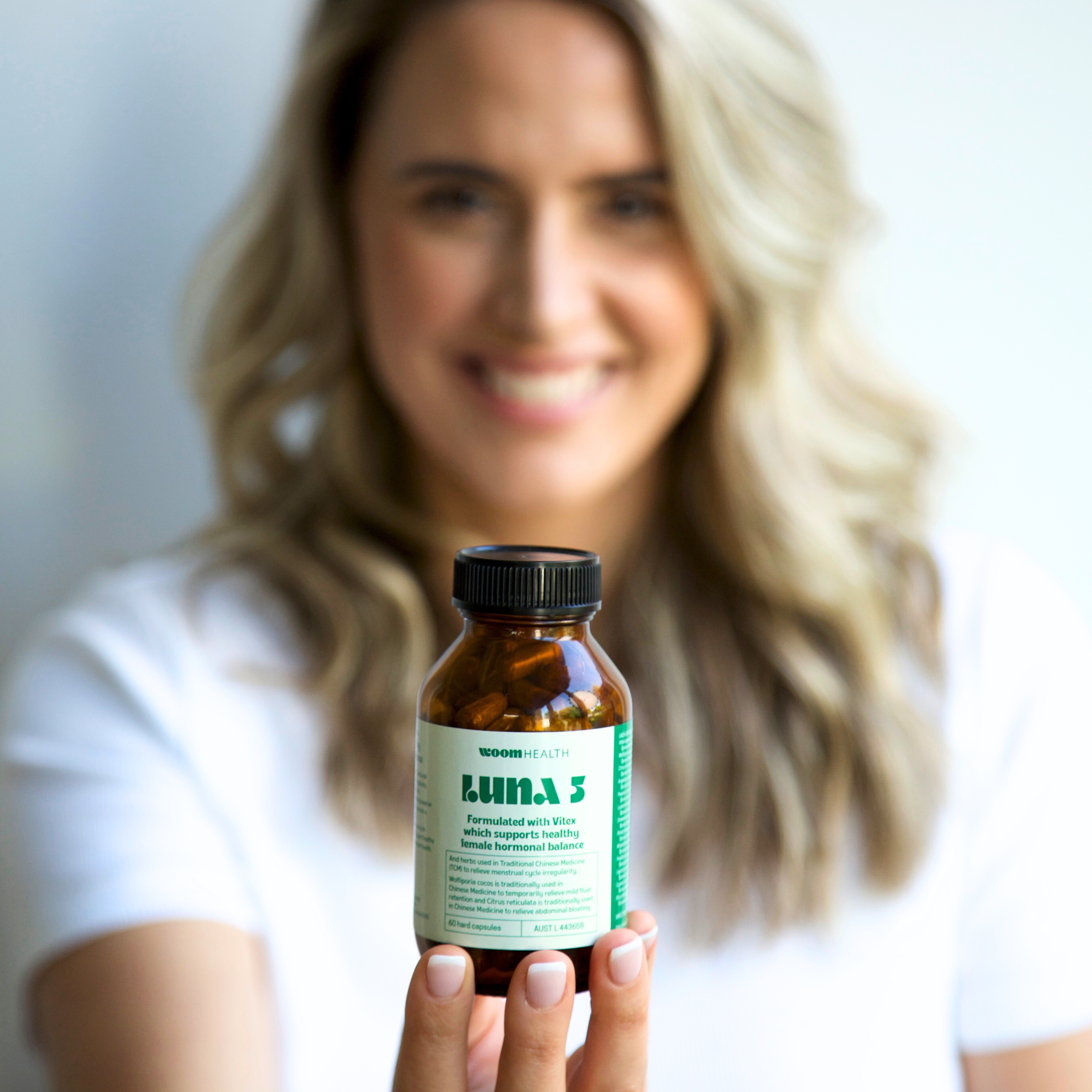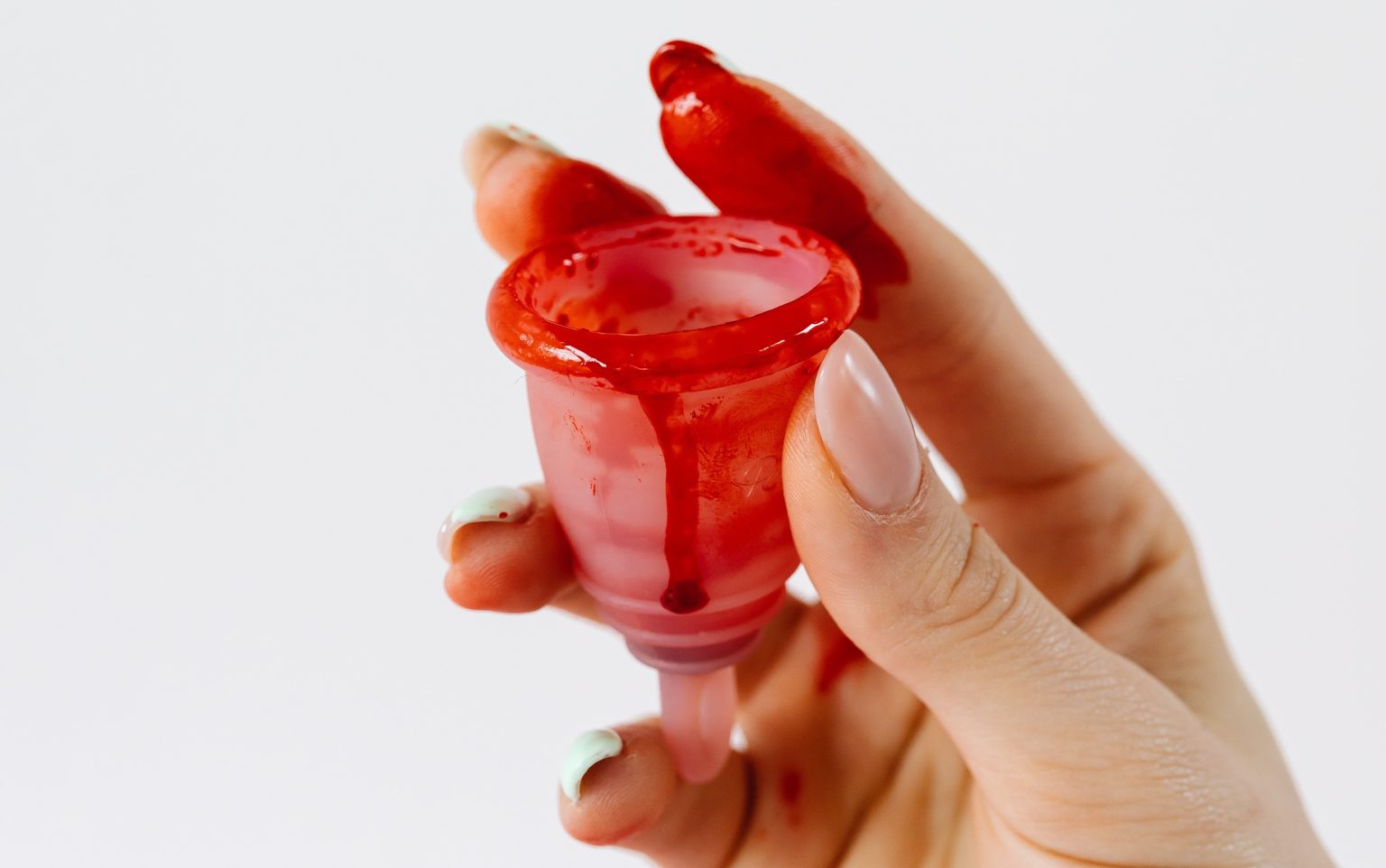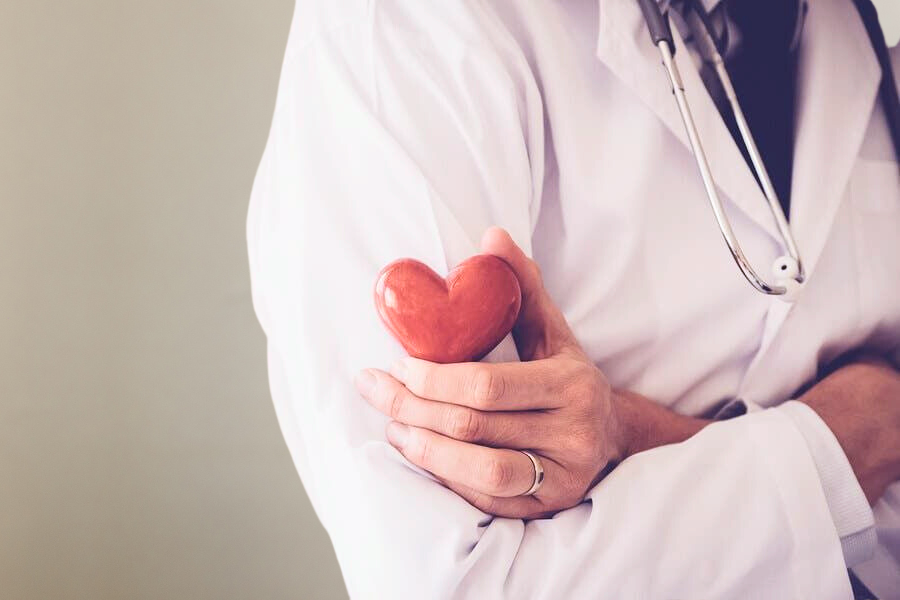The Top 5 Treatments for Fibroids Relief

You know that feeling: the one where you have your period and can’t even get out of bed because the pain and bleeding are so bad? Imagine having this six, seven, or even ten days per month!
If you have fibroids, you know exactly what we’re talking about. Fibroids are no joke—they’re painful, can make you anemic, and can even be life-threatening if they grow too large or cause too much bleeding. Moreover, they can render your uterus pretty much useless. And yet, there’s a serious lack of information about this huge issue for women.
So here’s what we’re going to do: We’ll give you all the info you need about fibroid relief options in this easy-to-read article, and you are going to take back control of your reproductive health.
You may not know this; we’re assuming you don’t. But with the right approach and proper care, living with fibroids can be a breeze. No more missed social events or dreading sexual intimacy! Things you could never achieve with regular gynae treatments. Let’s face it; modern medicine is extremely effective when it comes to cutting out tumors. However, when the tumors are not eligible for surgical removal, it’s an entirely different scenario.
Fibroids often require more than just a band-aid solution. You need to treat the root cause and the symptoms to shrink them and eventually get rid of them completely. The medications given by your doctors will help, of course, but you will need something extra!
Here’s everything you need to know about fibroids and some top-notch natural treatments backed by science.
what are fibroids?
Fibroids, also known as leiomyomas, are growths that develop in the wall of the uterus (womb) and are commonly found in menstruators during their reproductive years. While the word “growth” sounds scary, luckily, fibroids are nearly always benign, meaning they are non-cancerous and non-life-threatening. And when we say common, it is estimated that 70% of women will develop them before the age of 50. Most women usually develop them in their 30-40’s, and they often shrink on their own after menopause.
But what are they made of? Interestingly, fibroids comprise uterine smooth muscle tissue and fibrous connective tissue. They can be singular or grow in clusters and range from the size of a pea to grapefruit or even melon. They may also grow in different locations within the uterus.
Unfortunately, fibroids can go unnoticed for a long time. Although they have symptoms that go from mild to severe, the size of the fibroid is not proportional to the symptoms. You could have developed multiple fibroids without ever realizing it.
however, fibroids often do cause symptoms in your body. fibroid symptoms to look out for include:
- Heavy and irregular bleeding
- Painful periods
- Increased frequency of urination
- Gastrointestinal issues
- Fertility challenges
- Pelvic, abdominal, or back pain
- Anemia
Sometimes, these symptoms may easily be overlooked or misdiagnosed as heavy periods or endometriosis. So, even if you have been diagnosed with another disorder, check again with your gynecologist to ensure you haven’t developed fibroids.
types of fibroids
Now that we know what fibroids are, let’s get to know them a little better! Fibroids are most commonly diagnosed using a pelvic ultrasound which will be able to determine the location of the growths. Most fibroids grow on the uterus wall, and depending on how deep their roots are.
fibroids can be classified as follows:
- Submucosal – grow under the uterine lining and can protrude into the uterine cavity.
- Intramural – grow within the uterine wall and are the most common type of fibroid.
- Subserosal – grow on the outer surface of the uterus and may grow large.
- Pedunculated – grow from the uterus via a thin stem and are often called mushroom-shaped.
how do fibroids form?
Fibroids develop when muscle cells in the uterus multiply at an excessive rate. But what causes them to develop in the first place is still somewhat misunderstood and greatly under-researched. What we do know is that it often involves a complex interplay between various factors. We’ll warn you now; we’re about to get technical!
Estrogen and progesterone are hormones that stimulate the growth of the uterus lining each menstrual cycle. According to research, both of these hormones also appear to contribute to the growth and development of fibroids because they possess extra receptors for them, making them super sensitive to their effects. This explains why fibroids tend to shrink after menopause once hormone levels drop.
(Now, before we explain the next bit, a word of warning: we use the word tumor. But do not be alarmed; this is simply a more technical word for abnormal growth of tissue)
Evidence also suggests that specific genetic mutations may cause typical uterine muscle cells to transform into tumor-promoting stem cells or other cell types that don’t belong in the uterus. For example, according to a recent study, one particular change associated with fibroids is the increased release of ECM or extracellular matrix, which causes the uterine wall to become more rigid and decreases its contractility. Leading to altered “normal biological uterine functions such as menstrual bleeding, receptivity, and implantation.” Meaning, having fibroids affects the rest of your uterus and its baby-growing ability as well.
Dr. Amanda Waaldyk comments: “From my research, there seems to be an underlying theme of cell-to-cell miscommunication that leads to the breakdown of functionality of the cell. Think of broken traffic lights – how much confusion that causes!”
There are many factors that affect fibroids. As we discussed, age matters. If you are a person of color, you also have a higher chance of developing them. For example, African American women are at five times higher risk than white women. Other factors are sunlight exposure, effects of obesity, hormone imbalances, etc. Honestly, you should get checked, no matter who you are. We can never be too careful!
fibroids relief using alternative methods
If you think about it, fibroids are kind of like migraines. They both feel bad and can mess up your life in ways big and small. But there’s also a lot that you can do about them naturally.
But why, naturally? Wouldn’t modern medication be more effective?
Well, apart from surgery, the treatment for fibroids is still mostly symptomatic. Most likely, the medications your doctor is prescribing will do the same thing as any natural alternative will do: Target symptoms. The only difference is that natural alternatives will also work on bringing balance to your hormones holistically. Remember, they are the ones who made this mess in the first place!
In addition to this, alternative natural treatments also enable you to take back control of your own womb health. Natural treatments containing certified organic herbs are fuelled by plants, modern science, and ancient wisdom. So, when used correctly, they really do work just as effectively as modern medication but will less side effects and more balance.
Moreover, there is a vast amount of scientific research that shows specific home remedies and alternative methods can have a positive effect on fibroids and help alleviate symptoms.
Here are some natural alternatives to help you take your health into your own hands and get some fibroids relief!
5 natural & effective alternatives for fibroids relief
1. Castor Oil packs
A castor oil pack is one of the OLDEST, most widespread healing rituals in the world. From Traditional Chinese Medicine to Ayurveda, it has withstood the test of time for centuries in cultures all over the globe. Amazing, right?
The practice of castor oil packs is a traditional remedy that involves soaking a cloth with castor oil, placing the cloth on the area of the womb/belly then covering it with a towel. Castor oil is derived from the seeds of the Castor plant (Ricinus communis), also known as Palma Christi. The heat from castor oil penetrates deeply through the fascia and muscle layers into your womb.
The properties of castor oil help invigorate circulation, clear stagnation, soften structures and tissues, and move the lymphatic system. In Traditional Chinese Medicine, we love the use of castor oil packs because of their ability to promote circulation, heal and reduce inflammation. Castor oil packs work by supporting the liver, lymphatic and circulatory systems.
Some of the common reasons I recommend them to my patients are:
- Period Pain
- Pelvic Pain
- Clotty Periods
- Brown/Purple Menstrual Blood
- Ovarian cysts
- Fibroids Endometriosis Adenomyosis
- Scar tissue/adhesions C-Section
- Bloating, IBS, constipation.
Castor Oil packs are multifaceted in their benefit, as they invite you to slow down and honor your body and womb by resting. Deep resting gives your nervous system permission to relax.
2. Curcumin
Remember that bright yellow spice sitting on your shelf called turmeric? Well, it is much more than just a color enhancer! Turmeric contains an active compound called curcumin which is a potent anti-inflammatory that can help reduce inflammation associated with fibroids.
Curcumin has also been found to be effective at suppressing tumor growth by inhibiting tumor-promoting chemicals and growth factors, inducing tumor cell death, and modulating cell signaling pathways to help prevent cell-to-cell miscommunication. Apart from curries, you can add turmeric to your milk, eat it with honey or add a pinch to your smoothie. A pinch of turmeric per day is perfectly adequate. So, how about a turmeric latte?
3. Resveratrol
Resveratrol is a compound found in certain plant foods such as peanuts, grapes, and berries – it is even found in red wine. So, pour yourselves a glass and listen up.
Resveratrol has gained popularity in recent years as more research emerges about its benefits in the treatment of chronic diseases, thanks to its anti-inflammatory, antioxidant, and anti-tumor effects. According to one study, resveratrol was effective at treating fibroids and improving symptoms by inhibiting the growth of uterine leiomyoma cells, while increasing leiomyoma cell death.
4. Green tea extract
Many of you may already drink green tea on a regular basis, but did you know that green tea extract can benefit fibroids? This is because it contains a compound called epigallocatechin gallate (EGCG), which possesses anti-inflammatory, anti-cancer, and antioxidant effects.
According to a recent study, green tea extract significantly reduced the size of uterine fibroids and helped suppress further growth of leiomyoma cells. And importantly, it also helped alleviate heavy menstrual bleeding – hurrah!
5. Vitamin d
We’ve all heard of the “sunshine vitamin” and know it’s important for our health. But not only does it support the proper function of our bodies, but evidence suggests it also plays an important role in fibroid formation.
Vitamin D supplementation has been found to help prevent the growth of fibroids and reduces levels of certain proteins that are associated with fibroid formation. Interestingly, scientists have also found a link between vitamin D deficiency and an increased risk for fibroid development – all the more reason to get your daily dose of sunlight.
your takeaways for fibroids relief
Phew, that’s a lot of fibroid-related information. Let’s quickly recap:
- In short, Fibroids are common, very common. If you have a uterus, you have a 70-80% chance of getting fibroids.
- Fibroids can cause a range of symptoms, such as heavy menstrual bleeding, or they may not show any symptoms at all. Doctors don’t know the exact cause of fibroids, but research suggests genetic mutations lead to the formation of abnormal uterine cells and that estrogen and progesterone may contribute to their growth.
- Fibroids relief is something everyone deserves. Luckily, there are many things you can do to take back control of your health and reduce your fibroids. Harnessing the power of plants and using alternative natural remedies like the ones listed above is the best way to help you treat your symptoms.
Follow us on social and let our community know about your favorite tips for fibroids relief.
